An electric heater is a device that employs an electric source to convert electrical energy into heat energy. The resistors usually carry this out, creating room for radiant energy. Apart from its use to warm up room temperatures, an electric heater is also used to heat food in colder regions.
The main concern is the increase in electricity costs due to electric heaters. A general rule of thumb is that the higher the power rating of the heater, the more the production of heat and the greater the electricity bill. Fortunately, various options can be considered, simultaneously performing the task and being energy-efficient.
Types of Electric Heaters
The various types of electric heaters present in the global market are as follows:
- Electric Furnace
- Electric Wall Heaters
- Infrared Heaters
- Electric Baseboard Heaters
Electric Furnace

The first on the list is an electric furnace. The furnace is an electric heater predominantly used to increase room temperatures and access heat to combine metals. Some reasons justify the use of the stove in a household or industries; safety, efficiency, and affordability. Since electric furnaces do not use gas or oil, carbon monoxide becomes redundant, and the precious family is free from any risks. Although electricity units are costlier than gas, oil, or coal, an electric furnace does not consume much power, making it pocket-friendly and eco-friendly for increasing room temperatures. Cost is yet another factor that retains the interest of the product – an electric furnace is usually within the budget line and is worth the investment. The minimal space required and hassle-free installation process create a win-win situation.
Electric Wall Heaters

As the name suggests, electric wall heaters are placed on the walls and possess a heating element with a fan to disperse the warmth across places. As far as the advantages are concerned, wall heaters are pocket-friendly and free of combustion accumulation. The absence of ducts inhibits the spread of allergens, and the heating process is quick. Wall heaters are generally placed in interior walls for insulation. However, wall heaters can cover a small space, and the device might not be favorable if you want warmness in a larger area.
Infrared Heaters

An Infrared heater is yet another attractive device on which one should keep an eye. The distinct aspect of the device is that it heats the object to the same extent as heating a room. Infrared heaters function homogeneously to the sun; when you come in front of the light, you feel warm. The wavelengths create instant heat and a noise-free heating method due to a lack of a fan. The zero-carbon emission and lack of flames make it an environment-friendly heater. The free of pollutants device requires fewer maintenance costs than its counterparts, allowing consumers to keep it one of the top purchase priorities.
Electric Baseboard Heaters

Last but not least, we have electric baseboard heaters. Baseboard heaters possess thermostats and aluminum fans to produce and disperse warmth. The cooler air is stored in the heater’s bottom. The biggest USP (Unique Selling Product) of a baseboard is the zone heating, setting different temperatures for various rooms without the impact of any external factor. The pros include a noise-free environment and a feasible installation process. Nevertheless, the device often gets extremely hot and creates security risks. Better to keep children away from its reach. The purchase and maintenance costs create a barrier between the product and the consumer – the highest among all.
Energy Efficiency
Electric heaters are often believed to be fully energy-efficient and do not add a single penny to the bills. However, the reality is something different. Even though the electric current is converted to heat energy, Kilowatts and time consumption are the decisive factors of costs. Also, the maintenance costs should be addressed when one talks of electric heaters.
Conclusion
We reach an end here. Informed purchase decisions could be made by each heater’s cost and benefit analysis. It is crucial to purchase from a trusted source with a year’s warranty. Are you fed up with the extreme cold in winter? Don’t worry, since an electric heater has got you covered.




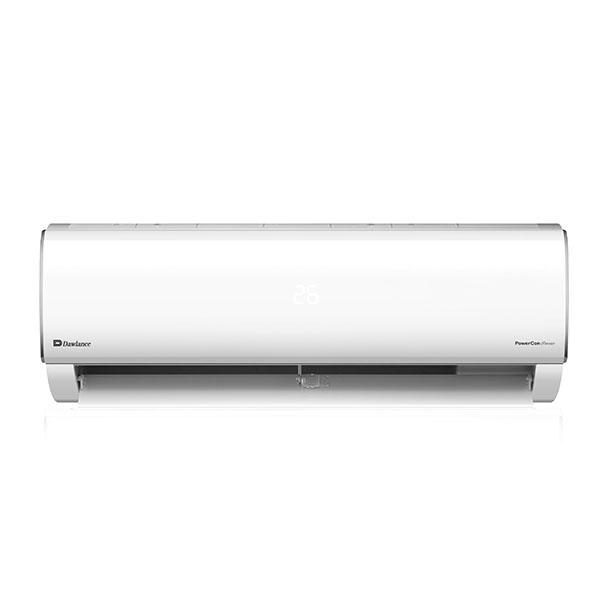

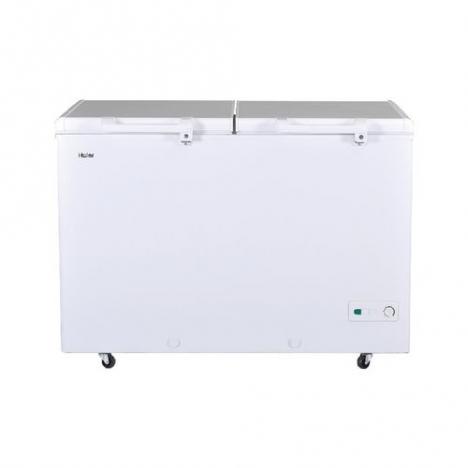

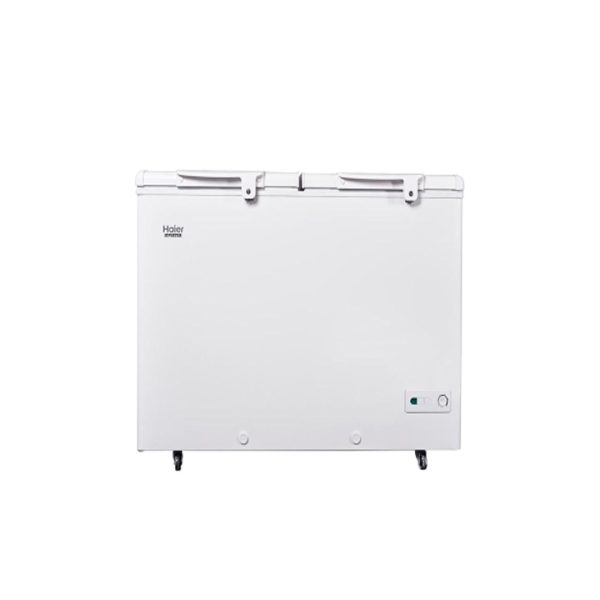




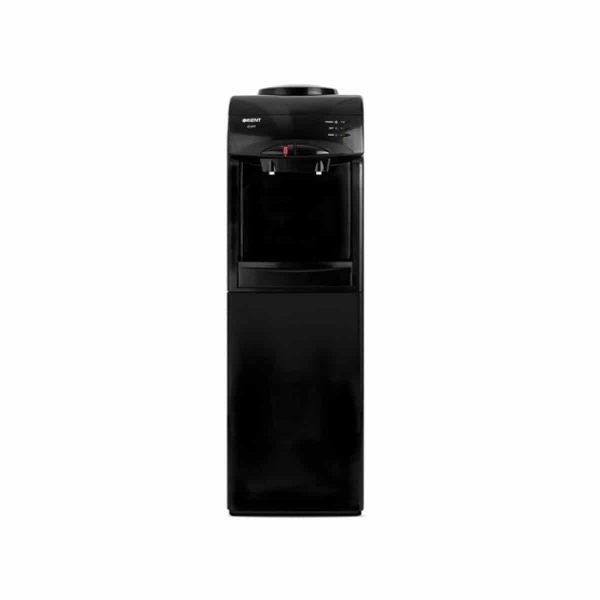
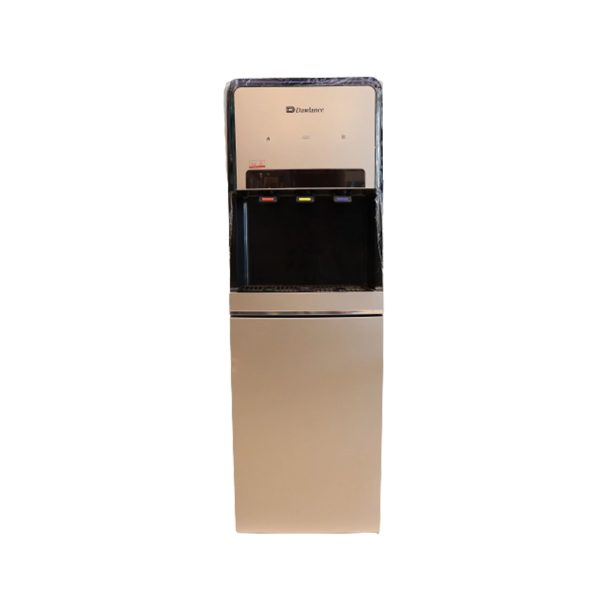



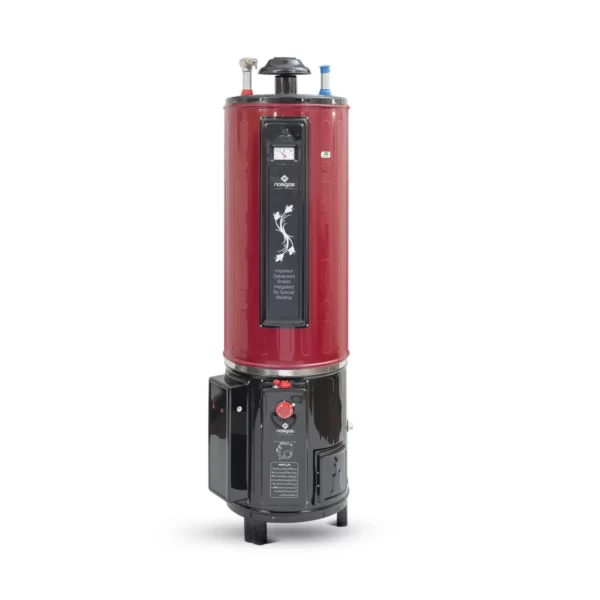

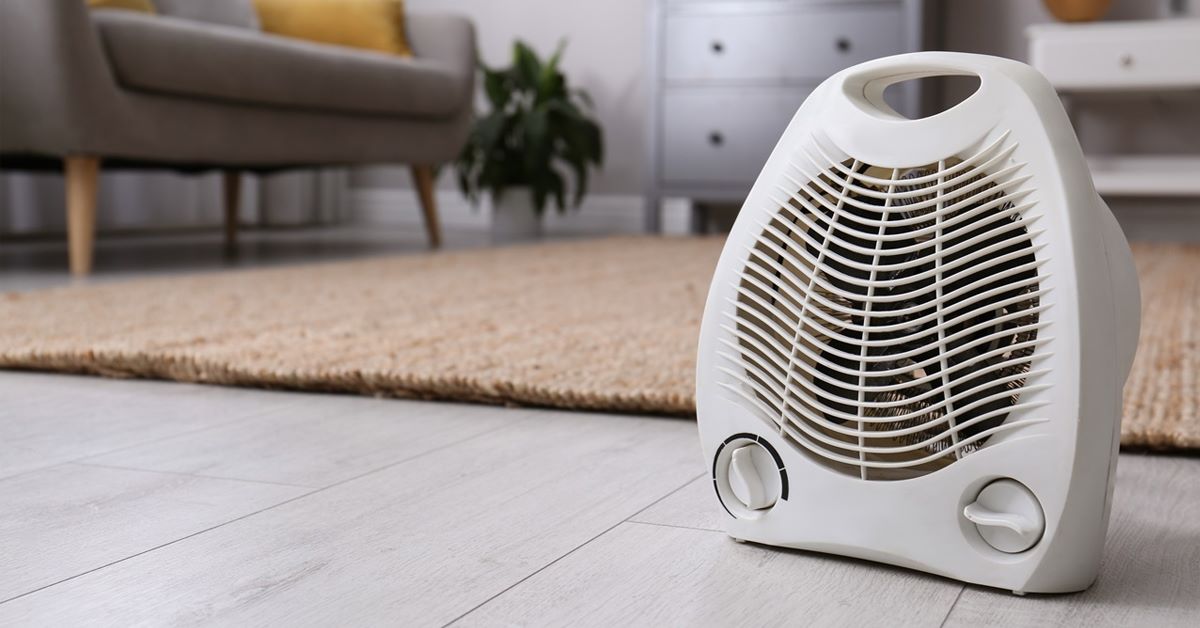
 Dryers
Dryers Ironing / Garment Care
Ironing / Garment Care